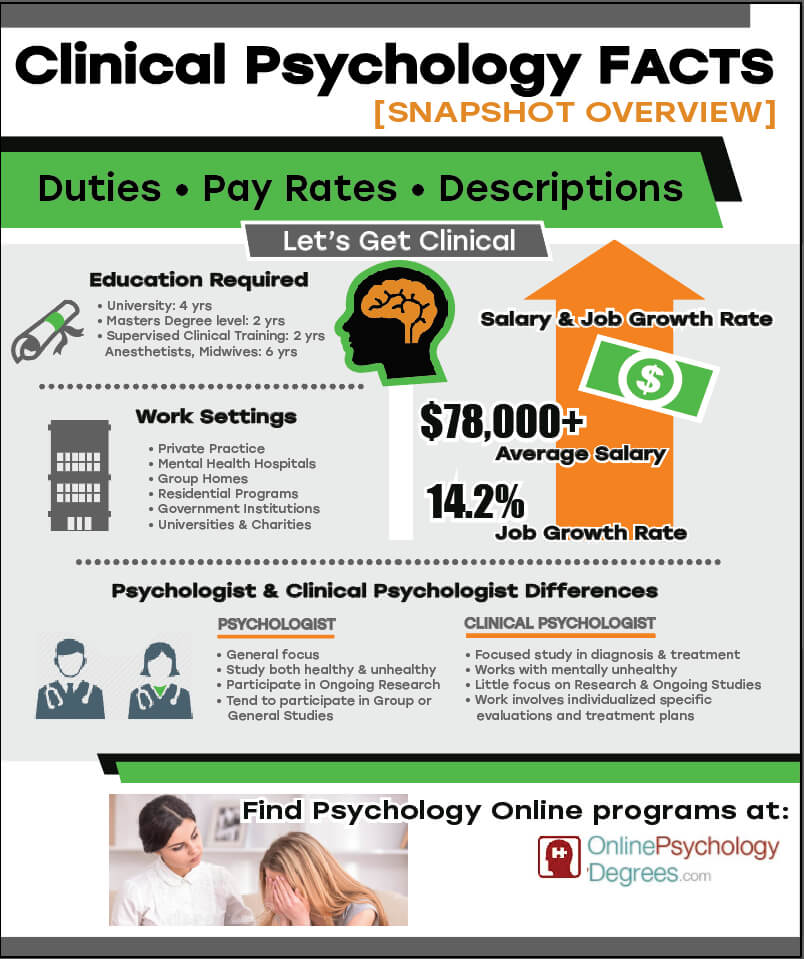How Do Psychiatric Crisis Stabilization Units Work
How Do Psychiatric Crisis Stabilization Units Work
Blog Article
What Types of Treatment For PTSD Are Available?
Therapy for PTSD helps you find out to manage your symptoms and gain back control of your life. It can involve dental medicines or talk treatments. Psychotherapy, or talk therapy, is one of the most typical treatment for PTSD. It can happen one-on-one or in a group setting.
Signs and symptoms of PTSD can range from being quickly startled to avoiding tasks and people. These signs and symptoms can likewise influence family members and youngsters.
Cognitive behavioral therapy (CBT).
CBT concentrates on transforming unfavorable patterns of thinking and actions that may be triggering PTSD signs. This therapy is usually temporary and client-centered, with the therapist and customer creating treatment objectives with each other. CBT has been revealed to lower PTSD symptoms in a number of professional trials utilizing clinician-administered and self-report actions of PTSD. These results are mediated mostly by changes in maladaptive cognitive distortions, with some studies reporting physical, useful neuroimaging, and electroencephalographic changes correlating with action to CBT.
TF-CBT makes use of psychoeducation and imaginal exposure to show customers exactly how to far better regulate feelings and manage their traumas. This therapy has additionally been shown to improve PTSD signs in kids and teens.
Eye movement desensitization and reprocessing (EMDR).
EMDR is an evidence-based therapy that functions by aiding individuals procedure trauma utilizing flexible information processing. It can be used by itself or with other treatments. It has actually been revealed to be reliable in dealing with PTSD. EMDR is extensively made use of around the world.
It begins with history-taking and a collective treatment plan. During this phase, you will discuss the factor you are seeking treatment and determine traumatic memories you wish to concentrate on. The specialist will certainly additionally educate you strategies to take care of any kind of hard or disturbing emotions that might develop during a session.
Throughout the reprocessing phase, you will remember a traumatic memory while taking note of a back-and-forth activity or noise (like your service provider's hand crossing your face) until the adverse pictures, thoughts, and feelings connected with it start to decrease.
Somatic experiencing.
A specialist who concentrates on this method will certainly help you familiarize the physical sensations that accompany your PTSD signs and symptoms. They'll also show you how to determine your autonomic nerve system and its duty in the trauma feedback.
Unlike other injury therapies, somatic experiencing does not focus on memories or emotions. Rather, therapists work to launch the tension from your body and eliminate your symptoms.
This therapy has actually been found efficient in a number of randomized controlled tests. However, the results from these researches are limited by little example sizes and other technical deficiencies. These imperfections restrict the outside legitimacy of these findings.
Present-centered therapy.
Present-centered treatment (PCT) is a non-trauma concentrated psychotherapy that intends to boost patients' connections, infuse hope and optimism, and promote analytical. While PCT does not have exposure and cognitive restructuring methods of trauma-focused treatments, it has actually been shown to be as effective in minimizing PTSD signs and symptoms as trauma-focused CBTs.
In a series of eleven research studies, PCT was contrasted to a wait listing or very little call control condition and to TF-CBT. PCT was superior to the WL/MA conditions in minimizing self-reported PTSD signs and symptoms at post-treatment, and it was associated with decreased therapy failure prices. However, the effect size was not large sufficient to be medically purposeful.
Meditation.
Meditation helps people soothe their nerves and technique self-care. This therapy concentrates on the physical sensation of breathing, and people may get sidetracked by ideas or feelings, yet it is essential to return their focus to the behavioral health treatment near me breath repeatedly.
PTSD influences not just those that have actually straight experienced the injury, but also witnesses and those who work with emergency responders or law enforcement. Signs of PTSD can include invasive, distressing memories, flashbacks or headaches, and problem focusing or resting.
Preventing agonizing memories and sensations is an usual response to injury, yet it just makes signs even worse. It is essential to look for therapy prior to PTSD disrupts your life and connections.
Twin medical diagnosis therapy.
Symptoms of co-occurring PTSD and substance make use of problem (SUD) are typically linked and both must be resolved in healing. People that experience PTSD can be most likely to turn to alcohol or drugs to self-medicate and temporarily ease intrusive thoughts, recalls and unfavorable state of mind swings.
PTSD signs include recurrent and spontaneous upsetting memories or dreams, brilliant and dissociative reactions that seem like experiencing again the event, staying clear of locations, individuals, discussions, or items associated with the injury, feelings of hypervigilance and being constantly on guard or quickly startled, and sensations of emotional feeling numb.
Double diagnosis therapy involves treatment and learning much healthier coping mechanisms. It might also entail pharmacotherapy, such as antidepressants or mood stabilizers.